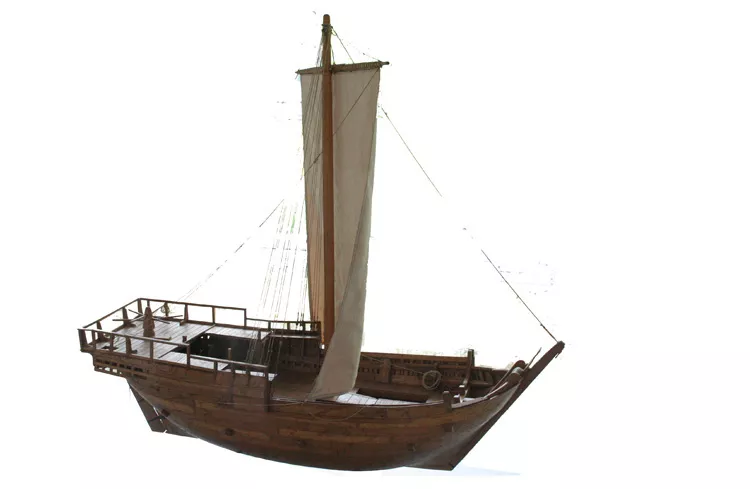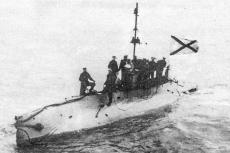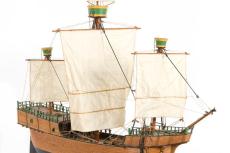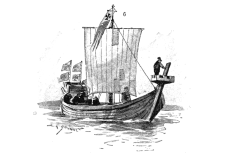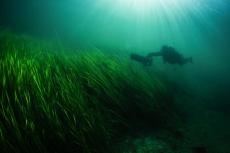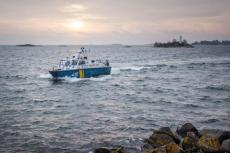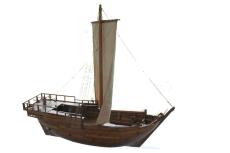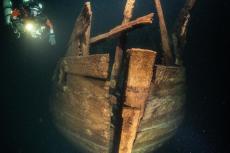800-year-old shipwreck found off Sweden's West Coast
A wreck discovered outside of Fjällbacka on Sweden's western coast is the oldest shipwreck ever found in the province of Bohuslän. This is also one of the oldest cogs ever found in Europe.
“The wreck is made from oak, cut between 1233 and 1240, so nearly 800 years ago,” said Staffan von Arbin, a maritime archaeologist at the University of Gothenburg.
Dyngökoggen
Last autumn, the University of Gothenburg conducted archaeological diving inspections along the coast of Bohuslän to find out more about known wrecks on the seafloor. It was during this work that the maritime archaeologists came upon the wreck outside of Fjällbacka, which has been given the name “Dyngökoggen.”
The limited survey of the wreck showed that it is a cog, a type of ship that first appeared in the 10th century, and was widely used from around the 12th century on.
Cogs were a type of round ship, typically constructed largely of oak and clinker-built. The most famous cog in existence today is the Bremen cog. It dates from the 1380s and was found in 1962; until then, cogs had only been known from medieval documents and seals.
The wreck has a bottom planking that is flush-laid (carvel-built), while the side planks are overlapping (clinker-built). Seams between planks are also sealed with moss, which is typical for cogs. The surviving hull section is about 10 metres long and 5 metres wide. Von Arbin believes, however, that the ship would originally have been up to 20 metres long.
Analysis of the wood samples showed that the ship was built of oak from northwestern Germany. How did it end up outside of Fjällbacka?
While cogs are mostly associated with the medieval Hanseatic League, ships of this type were common throughout the Middle Ages in northern Europe and Bohuslän, which was part of an important transit route for international maritime trade during this period.
Why did it sink?
It is not yet known why the ship sank but that would likely be an exciting story. The survey of the ship clearly showed indications of an intense fire.
Perhaps the ship was attacked by pirates. The first decades of the 12th century were a turbulent time in Norway, which Bohuslän was a part of at the time, with intense internal struggles for the Norwegian crown, and the coast was plagued by periods of intense pirate activity during the Middle Ages.


